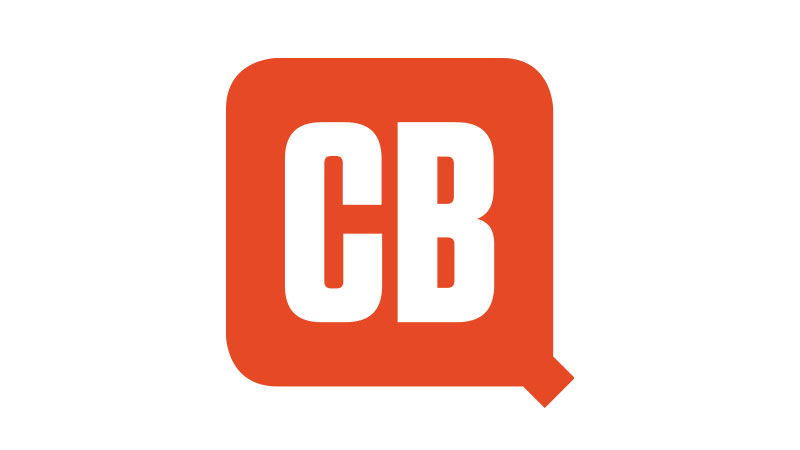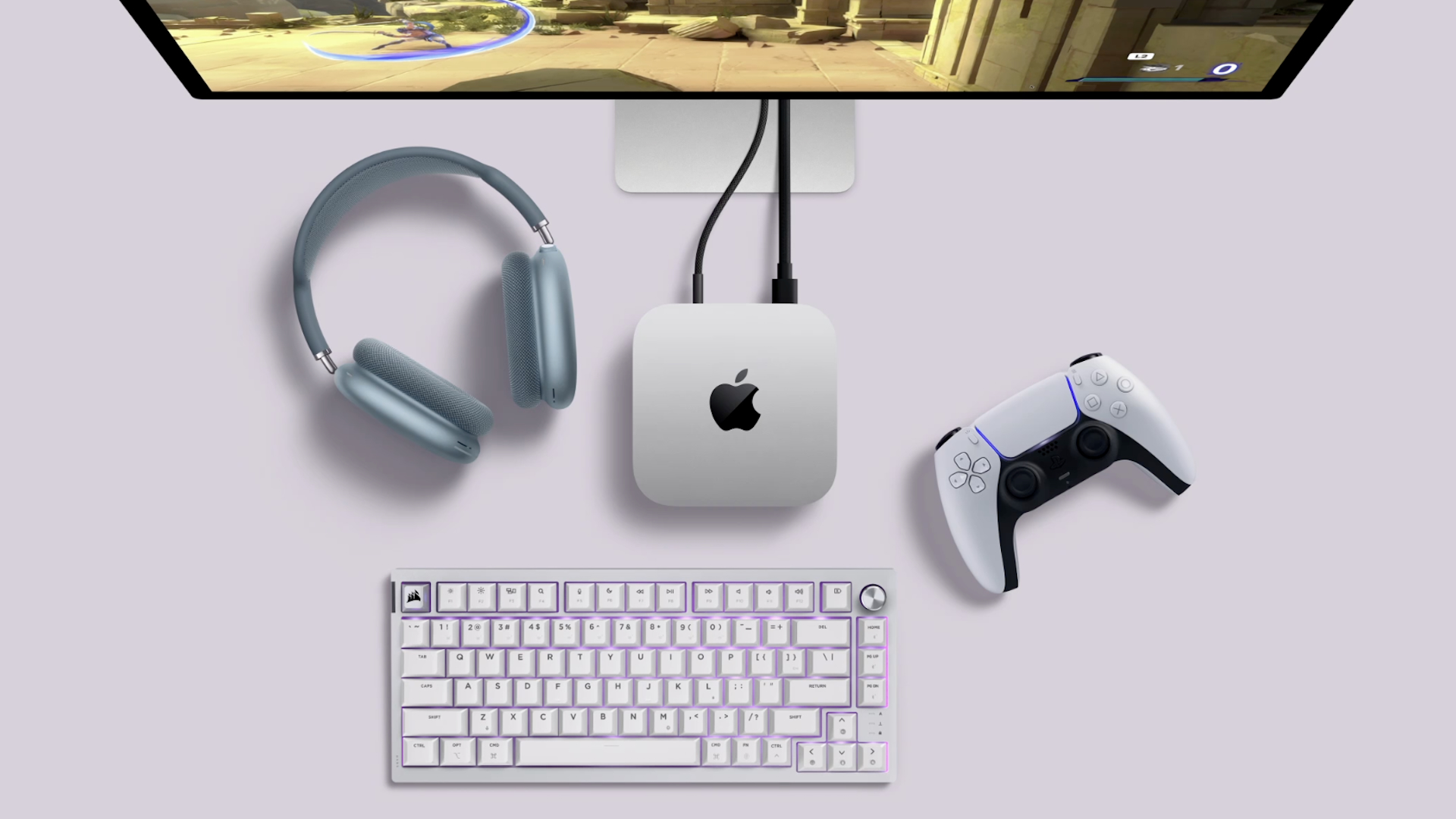Design in motion
Thanks to an impressive wealth of talent, innovation and creativity, motion graphics is still an emerging area for designers. Nick Spence catches up with a number of leading industry practitioners to find out what it takes to make it big.
You don't have to look far to see motion and broadcast graphics dazzling, enthralling and enticing audiences. Just turn on any television set and wait. From BBC One's recent circular on-screen identity revamp to Channel 4 and MTV's many idents and stings, it's a vast and varied area for creativity. Yet defining an industry that covers so many disciplines and potential applications can be pretty tricky. "The term motion graphics is an attempted catch-all and a desire for people to tag and bunch diverse areas of visual moving image," says Shane Walter, director of cross-media production company onedotzero. "We don't have the language for this kind of new moving image."
Quba Michalski, one half of Turkey's premiere motion graphics company, imago, agrees: "Since motion graphics is such a broad discipline, there is a lot of confusion about it going around. Many of the clients we talk to are convinced we are a 3D animation company."
The essentials
Stephen Price, editor of the indispensable Stash DVD magazine, which each issue covers the world's most outstanding commercial animation, VFX and motion graphics, says there is a subtle difference between two key areas. "'Broadcast graphics' is a market for commercial motion art, just like commercials, music videos or videogames. And like those other markets they are not limited to any production methods. They often include character animation or VFX," he explains. "'Motion graphics' or 'motion design' is a category of commercial motion art, as are VFX and animation. Of course, clearly categorising commercial motion art is tough, because many styles and techniques are often incorporated into a single project."
Those styles and techniques are created by industry-standard software applications run on both PCs and Macs. Unlike other creative areas, the wide range of applications put to use reflects the diverse skillsets required. But as a starter, After Effects is a popular choice among many motion graphics professionals. "After Effects is probably the most flexible and prolific of the consumer motion design packages," says Ben Radatz of MK12, the respected Kansas-based motion graphics studio.
"After Effects is very useful," adds James Price, design director at world-renowned Transistor Studios. "It's the industry standard for motion graphics in the US. It's also essential to be familiar with well-known design tools, such as Adobe's Photoshop and Illustrator."
"It all depends on what your goals are," adds Jared Plummer, executive creative director/partner at Transistor Studios. "If you want to create photo-real 3D characters and environments, then you should learn Maya and a good compositing program, such as Shake or Combustion."
Those daunted by the thought of mastering numerous software packages for a career in motion graphics shouldn't be put off. "If you design or work on a desktop you are already halfway to being able to animate your designs," reassures Seamus Masterson, creative director at viral agency Maverick. "They are in, or can be turned into, a format acceptable to animation programs. Photoshop and Illustrator are probably the most widely used graphic design programs, and both export material that can be used in animation."
Daily design news, reviews, how-tos and more, as picked by the editors.
Rogier Hendriks of Dutch creative studio Onesize sees the use of motion graphics as a logical extension of the use of Flash online. "With the booming internet business of the past few years and the easy-to-use Flash application, motion design became very popular among web designers," he says. "I think it is a natural 'follow-up' to step from the popular Flash-based motion design into the broadcast area of motion."
Indeed much of the distinctive work of design studio Airside, including motion graphics for MTV, is produced this way. "Much of our animation is done in Flash," says founder Nat Hunter, "although many keyframes are hand drawn on a light box and scanned into Flash. We have used Maya a lot, to get a subtle 3D feel. We have also rendered complicated models in Maya to look like they were drawn in Illustrator or Flash!"
The bigger picture
Acquiring the software skills that will help you master motion and broadcast graphics is half the challenge. "Learn the basics of graphic design before you get into motion graphics design," suggests Joost Korngold of Dutch design studio Renascent. "Getting the latest copy of After Effects or 3ds Max doesn't make you a good designer."
Mel Tonkin, an animator at PSYOP, offers more good advice: "Tools are tools," she says. "What you make of them is what counts. That said, there's a relationship between creative intent and technical capability. Ideally, creative intent sits in the driver's seat, and the technology rides shotgun."
"Focus on finding your own voice," says Radatz. "There will always be an army of people who can help execute your ideas, but very few who can see the bigger picture." That bigger picture can involve many creative hands; much of motion graphics is a collaborative effort involving several individuals with specific skills. Some companies do everything in-house, while others will seek freelancers or specialist studios to save time and meet budgets.
"Like many of our leading competitors, we do everything," says Jake Banks, owner, creative director and director of the award-winning Stardust. "That's not only graphics and animation, we actually work with our agency clients, and their clients, as creative partners from the concept stage of a project, then handle casting, direct the live-action film and photo shoots, and then handle the design, animation, visual effects, editorial and final conforming for most of the projects we deal with."
Others, as Radatz explains, are called in for a particular role. "Often, they are employed to provide design and animation to work in conjunction with someone else's direction or photography, in much the same way that visual effects companies deliver effects shots for a feature film."
Finding a role in this buoyant industry also requires an understanding of what clients actually want. Stephen Price recently did a survey of top studios in the industry for a series of talks at animation and design schools. "The first thing I learned is no two companies are looking for the same thing. But as disparate as the responses were, certain general patterns of preference emerge," he says. "Let's call them the three Cs. Creative: your reel demonstrates fresh thinking. Confidence: in the interview you present yourself and your ideas with confidence but not ego or attitude. Compatibility: the company senses you are enthusiastic, easy to work with, and will fit into their culture."
James Price points to a simple fundamental. "The industry is looking for somebody who understands how to tell a story with pictures, and ideally pictures that look great." Originality and the ability to create new styles, and not simply follow current trends, are vital. "Probably the most important thing, alongside design ability, is an individual style that sets your work apart from the other work out there," says Seamus Masterson at Maverick. "This is what producers and creative commissioners are looking for above all else, and is more important than technical ability."
Dealing with clients
Knowing what clients want is one thing, but meeting their demands can be problematic, as Mainframe's Adam Jenns explains. "Clients want to be made to look good, and they more often than not want to have some input into a job," he says. "Occasionally clients will give us some good visual reference, which we like, but things go downhill if you encounter a client that wants you to copy a piece of work that another, say US, agency has done, just because they think they can get away with it."
For Tonkin, being able to articulate clients' and creatives' ideas is paramount. "I think people underestimate how important it is to communicate, often about fairly abstract notions, and to deal with other people in general," she says. "You shouldn't be in this field if you don't really love it."
Quba Michalski highlights another area you should consider. "You need to change your mode of thinking. Instead of thinking in two or three dimensions, you need to start thinking in four - the fourth being time," he says. "When you prepare your elements for animation, you need to know what they will then do over time."
As for the future, Stephen Price sees no sign of the industry flagging. Fuelled by expanding platforms and delivery systems, including the rise of mobile media, increased broadband content and HDTV broadcasts, it's an industry in bloom. "Motion graphics fits perfectly into today's market because the tools are cheap, easy to learn and fast," he concludes. "Designers can kick out work quicker and cheaper and that makes clients happy. Where is the breaking point? My guess is it has to be some way off, because amazing new studios keep popping up and brilliant students keep graduating."

The Creative Bloq team is made up of a group of art and design enthusiasts, and has changed and evolved since Creative Bloq began back in 2012. The current website team consists of eight full-time members of staff: Editor Georgia Coggan, Deputy Editor Rosie Hilder, Ecommerce Editor Beren Neale, Senior News Editor Daniel Piper, Editor, Digital Art and 3D Ian Dean, Tech Reviews Editor Erlingur Einarsson, Ecommerce Writer Beth Nicholls and Staff Writer Natalie Fear, as well as a roster of freelancers from around the world. The ImagineFX magazine team also pitch in, ensuring that content from leading digital art publication ImagineFX is represented on Creative Bloq.
